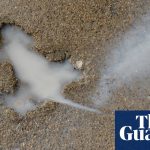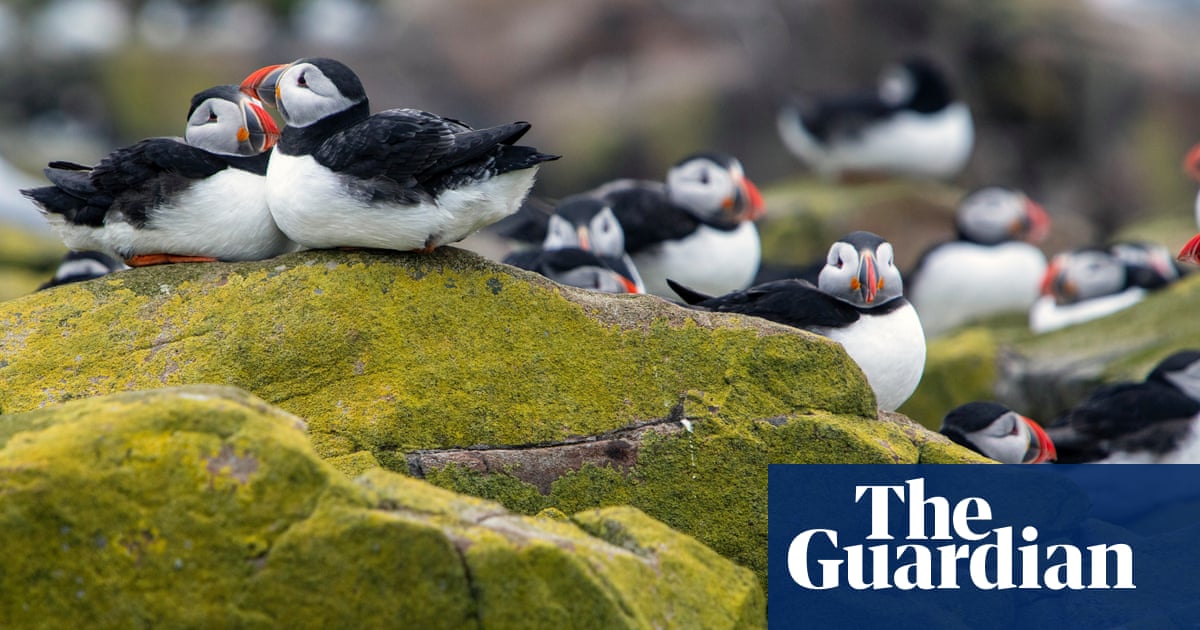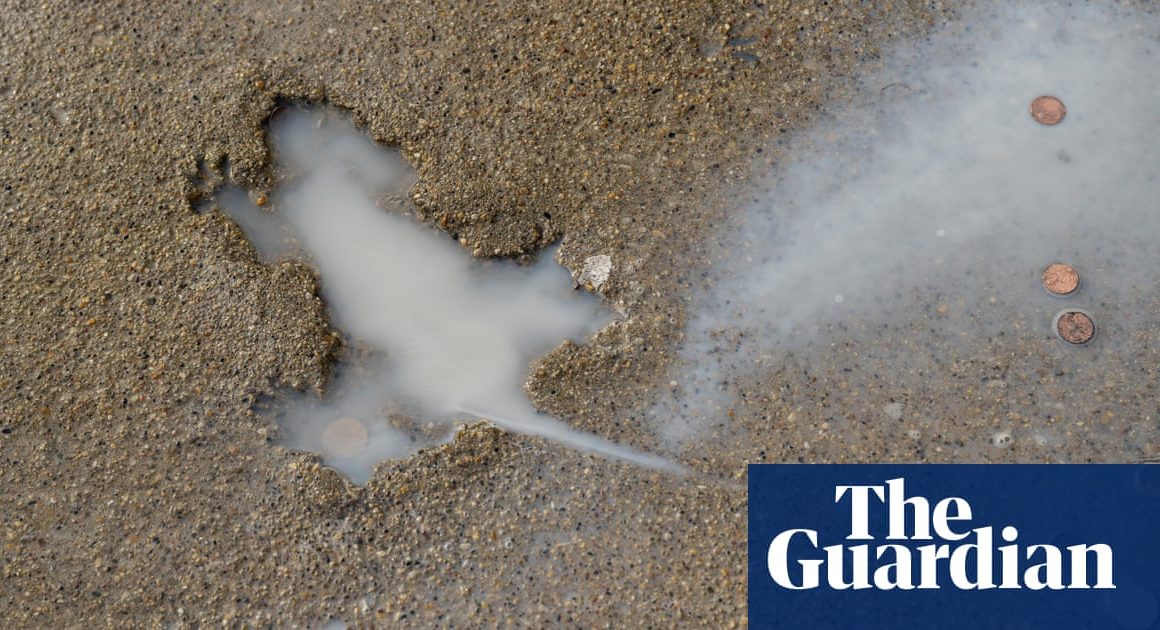The puffins started arriving two weeks ago â and now there are thousands of them fizzing around in a mad frenzy. They have joined kittiwakes, guillemots, razorbills, fulmars and shags. Soon Arctic terns will arrive after their epic journey across the world from the Antarctic.
This week humans arrived after a two-year ban from the Farne Islands in Northumberland, one of the UKâs most important sanctuaries for breeding seabirds.
Boat visitors have been stopped from landing since July 2022 because of bird flu, which has ravaged populations.
Since then a more familiar sight has been National Trust rangers in hazmat suits carrying out the grim task of picking up thousands of dead birds and transporting them off the islands to be incinerated.
But a corner has been turned in the bird flu outbreak, it is hoped, leading to the decision to this week allow visitors back on the main island, Inner Farne.
First to step off the boat was Paul Watson, originally from the north-east but for the last 20 years a police officer in Bermuda, which he agreed had considerably different birds and different weather to north Northumberland.
âItâs been a long time ⦠itâs so bleak,â he said as he walked up from the jetty on what was grey, bitterly cold morning.
Watson meant bleak in a good way. âIt is beautiful here and itâs just so nice to see so many puffins, there must be thousands of them. And no Arctic terns yet. Itâs actually nice to come early and not have your head pecked to death,â he said.
The Arctic terns are known for dive bombing humans, trying to warn them away, which means visitors are urged to wear hats.
Watson was visiting with his sister Debbie Breslin, from Morpeth: âItâs great here, so much better than anything you can see on the television.â
Sophia Jackson, the trustâs area ranger, said it was wonderful to have human visitors back. âThere are so many positive emotions going on today,â she said. âWe are really excited to have people back on the island, the whole team are feeling really positive right now.â
Human visitors are part of the ecosystem, she said. âHaving visitors does deter some of the larger predatory birds from coming in so they do serve a purpose. Watching the public today and seeing their faces, knowing memories are being created ⦠itâs brilliant.â
It has been challenging times for rangers looking after a place that is an internationally important home for about 200,000 seabirds.
Ian Clemmett, the trustâs countryside manager for the area, said: âPicking up thousands of dead birds has been incredibly upsetting for people. Sadly it has become part of our recruitment process because we get seasonal staff, we have to make absolutely sure, âare you ready to do this?â They have to be prepared for it.â
The bird flu outbreak has been devastating. In 2022, rangers collected more than 6,000 dead birds. Last year, 3,647 were collected, a reduction that raised hopes that herd immunity was building in the colony.
The trust said it would closely monitor the situation and return to sail-around only tours if an outbreak occurs.
The return of human visitors meant it could also take the shutters off St Cuthbertâs chapel, which has a most spectacular 19th-century stained glass window.
Photograph: Gary Calton/The Observer
Cuthbert, northern Englandâs most important saint, was a 7th-century hermit on Inner Farne and, in lieu of finding his cell, the chapel is a visual reminder of him and his life.
âItâs a beauty isnât it,â said Nick Lewis, a trust collections and house officer. âThe window changes what is an otherwise quite a dank, dark building, into a church. You can see the saints [Cuthbert, Aidan and Ethelbert] looking back at you.â
Another person on the first boat on Tuesday wasAnne Wilson, 80, who was a regular visitor but feared she may never step foot on the island again.
âIâve missed it a lot,â said the retired chemist. âIt is so much better, such a different experience when you can land.
âComing here is everything. Youâve got everything you could want here. Youâve got the birds and youâve also got the human history of the islands.â
As Wilson speaks there are puffins everywhere, flapping furiously and inelegantly.
They are are the standup comedians of the bird world and often the biggest draw, yet for Wilson âpuffins are OK but theyâre not Arctic terns. Donât get me started on Arctic terns ⦠theyâve got everything.â









